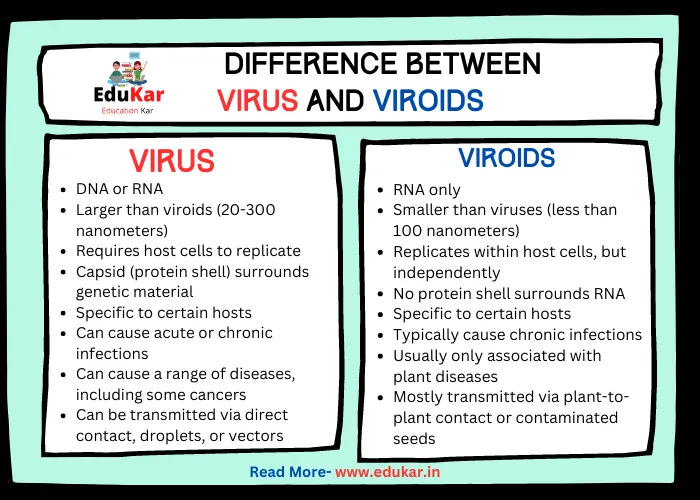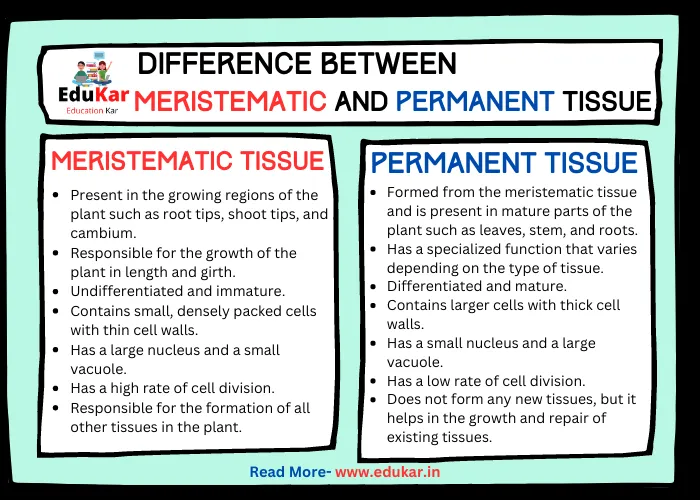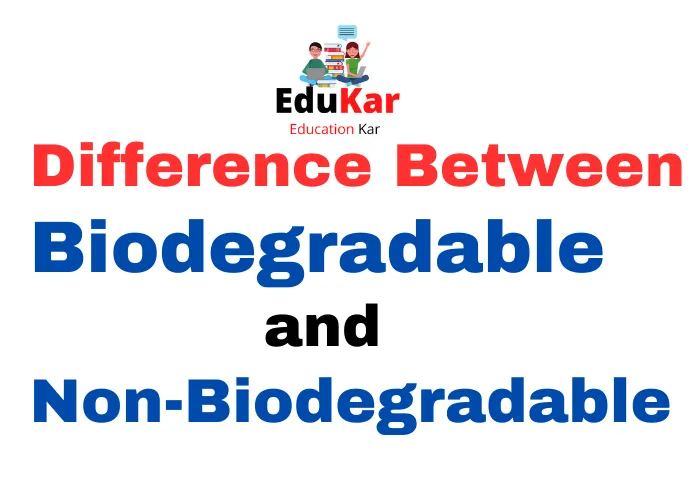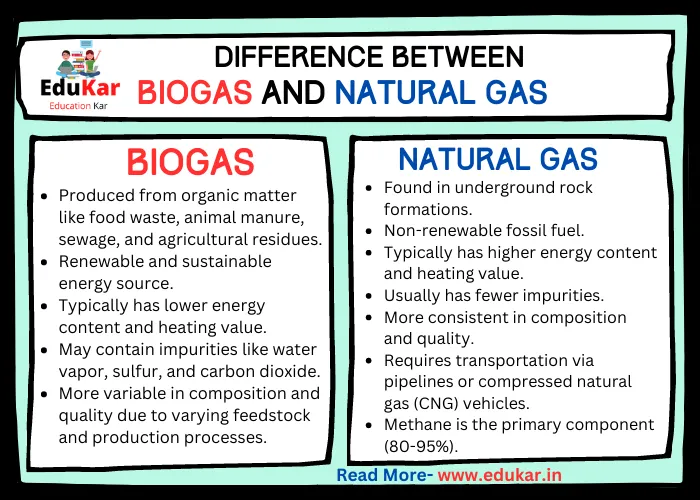Contents
- 1 Introduction
- 2 What are Viruses?
- 3 What are Viroids?
- 4 Differences between Viruses and Viroids
- 5 Importance of Understanding the Differences
- 6 Conclusion
- 7 FAQs related to Virus and Viroids for Exams
- 7.1 What is a virus?
- 7.2 What is a viroid?
- 7.3 What is the difference in size between viruses and viroids?
- 7.4 What is the difference in structure between viruses and viroids?
- 7.5 Can viroids infect humans?
- 7.6 Can viruses infect plants?
- 7.7 What is the difference in genetic material between viruses and viroids?
- 7.8 How do viruses and viroids replicate?
- 7.9 What are the modes of transmission for viruses and viroids?
- 7.10 What are the effects of viruses and viroids on host cells?
Learn about the key differences between viruses and viroids in this comprehensive guide. Understand their structures, genetic material, modes of transmission, effects on host cells, and more. Gain insights into the diagnosis, treatment, control, and prevention of viral and viroid diseases to protect yourself, your crops, and your environment.

Introduction
In our everyday lives, we often hear about viruses and their impact on our health and the economy. We have also heard of the term viroids, which are often associated with plant diseases. Although viruses and viroids are both submicroscopic infectious agents that can cause disease, they are different in many ways.
What are Viruses?
A virus is a small, infectious agent that replicates inside living cells of an organism. It is not considered a living organism because it cannot replicate on its own without a host cell. A virus consists of a core of genetic material, either DNA or RNA, surrounded by a protein coat called a capsid. Some viruses have an additional outer layer called an envelope that helps them attach to and enter host cells. Examples of viruses include influenza virus, measles virus, HIV, and SARS-CoV-2.
Viruses have different modes of transmission, including airborne droplets, contact with contaminated surfaces, and through bodily fluids. Once inside the host cell, a virus uses the host cell’s machinery to replicate and produce more virus particles, which then go on to infect other cells in the host organism. Viruses can cause a range of diseases, from the common cold to more severe illnesses such as COVID-19, Ebola, and HIV.
What are Viroids?
Viroids are smaller than viruses and are composed of single-stranded RNA molecules without a protein coat. Unlike viruses, viroids do not have the ability to produce their proteins or replicate on their own. Instead, they rely on host cells to replicate and cause disease. Viroids cause diseases in plants and are not known to infect animals or humans.
Viroids have a simpler structure than viruses and are usually circular or rod-shaped. They replicate by using the host cell’s enzymes to produce multiple copies of the viroid RNA. These copies can then move to other parts of the plant, infecting other cells and causing disease. Examples of viroids include potato spindle tuber viroid, coconut cadang-cadang viroid, and hop stunt viroid.
Differences between Viruses and Viroids
| Feature | Viruses | Viroids |
|---|---|---|
| Genetic material | DNA or RNA | RNA only |
| Size | Larger than viroids (20-300 nanometers) | Smaller than viruses (less than 100 nanometers) |
| Reproduction | Requires host cells to replicate | Replicates within host cells, but independently |
| Protein shell | Capsid (protein shell) surrounds genetic material | No protein shell surrounds RNA |
| Host range | Specific to certain hosts | Specific to certain hosts |
| Infection | Can cause acute or chronic infections | Typically cause chronic infections |
| Diseases | Can cause a range of diseases, including some cancers | Usually only associated with plant diseases |
| Transmission | Can be transmitted via direct contact, droplets, or vectors | Mostly transmitted via plant-to-plant contact or contaminated seeds |
| Antiviral drugs | Available to treat some viral infections | Not effective for viroid infections |
| Immune response | Can trigger an immune response | Do not typically trigger an immune response |
| Diagnosis | Typically detected through laboratory tests | Typically detected through molecular techniques |
| Mutation rate | High mutation rate, leading to evolution | Low mutation rate, less likely to evolve |
| Classification | Classified by type of nucleic acid and capsid structure | Classified by the type of RNA and mode of replication |
| Genome complexity | More complex genomes | Smaller, simpler genomes |
| Examples | Influenza virus, HIV, SARS-CoV-2 | Potato spindle tuber viroid, coconut cadang-cadang viroid |
Importance of Understanding the Differences
Understanding the differences between viruses and viroids is crucial for many reasons.
Firstly, it is important for the accurate diagnosis and treatment of diseases caused by viruses and viroids. For example, COVID-19 is caused by a virus, and knowing that it is a virus has allowed researchers to develop effectivevaccines and treatments to combat the disease. In contrast, diseases caused by viroids in plants require different treatment strategies such as quarantine, sanitation, and the use of resistant plant varieties.
Secondly, understanding the differences is important for the control and prevention of viral and viroid diseases. By knowing the modes of transmission, we can implement appropriate measures to prevent the spread of the disease. For example, during the COVID-19 pandemic, public health officials have recommended social distancing, wearing masks, and frequent hand washing to prevent the spread of the virus.
Lastly, understanding the differences between viruses and viroids is important for research and development. Studying viruses and viroids can help researchers understand how they work, how they cause disease, and how to develop effective treatments and vaccines. This research can also help us understand how viruses and viroids evolve and mutate over time, which can inform our response to future outbreaks.
Conclusion
In conclusion, viruses and viroids are both submicroscopic infectious agents that can cause disease, but they are different in many ways. Viruses are larger and have a more complex structure than viroids, and they can infect both animals and humans. Viroids, on the other hand, are smaller and only infect plants. Understanding the differences between viruses and viroids is crucial for accurate diagnosis and treatment, control and prevention of disease, and research and development. By understanding these differences, we can better protect ourselves, our crops, and our environment from the harmful effects of these infectious agents.
What is a virus?
A virus is a small, infectious agent that replicates inside living cells of an organism. It is not considered a living organism because it cannot replicate on its own without a host cell.
What is a viroid?
A viroid is a submicroscopic infectious agent that is smaller than a virus. It is composed of single-stranded RNA molecules without a protein coat and causes diseases in plants.
What is the difference in size between viruses and viroids?
Viruses are larger than viroids. They typically range from 20 to 300 nanometers in size, whereas viroids are only about 250 to 400 nucleotides in length.
What is the difference in structure between viruses and viroids?
Viruses have a complex structure, consisting of genetic material (DNA or RNA) surrounded by a protein coat and an envelope in some cases. Viroids, on the other hand, are made up of a single-stranded RNA molecule without a protein coat.
Can viroids infect humans?
No, viroids are not known to infect animals or humans. They only infect plants.
Can viruses infect plants?
Yes, some viruses can infect plants and cause diseases.
What is the difference in genetic material between viruses and viroids?
Viruses have either DNA or RNA as their genetic material, whereas viroids have only RNA.
How do viruses and viroids replicate?
Viruses can replicate either in the cytoplasm or the nucleus of the host cell, whereas viroids replicate only in the nucleus.
What are the modes of transmission for viruses and viroids?
Viruses can be transmitted through airborne droplets, contact with contaminated surfaces, or bodily fluids. Viroids, on the other hand, are usually transmitted through plant sap, soil, or seed.
What are the effects of viruses and viroids on host cells?
Viruses can cause a range of effects on host cells, from mild symptoms like the common cold to severe illnesses like COVID-19. Viroids cause diseases in plants and can lead to stunted growth, reduced yield, and even plant death.
















